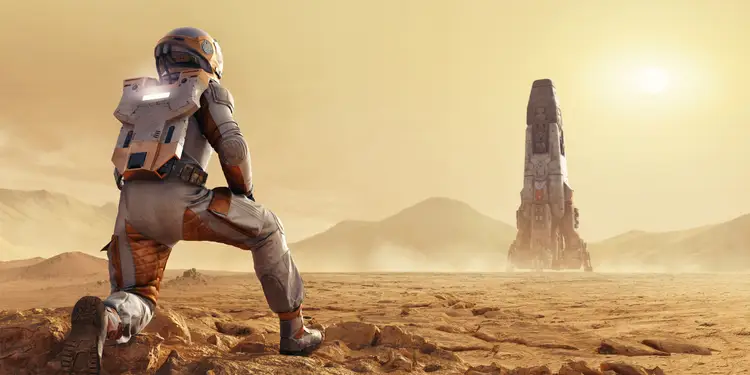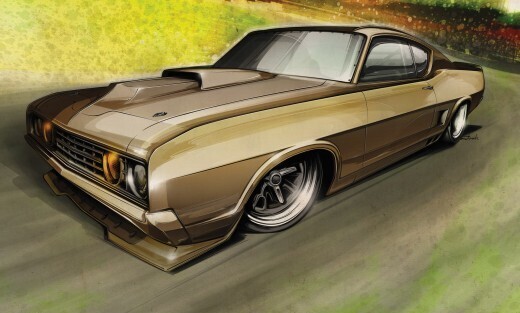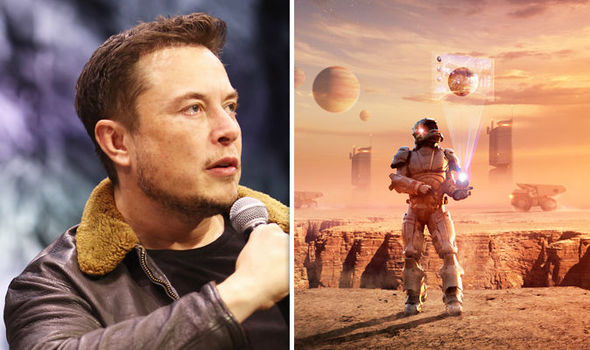Elon Musk has never been shy about his ambitions to put mankind on Mars, save Earth from an impending population crisis, and achieve it all through his diverse portfolio of companies. But those plans are not merely rhetorical claims to prop up his image as a techno-futuristic messiah. According to an interview-driven report published by The New York Times, work is underway at SpaceX regarding a planned Mars colony, and the ambitions include something as wild as detonating thermonuclear bombs on the red planet.
Musk’s space tech company reportedly has a dedicated team currently exploring plans for bubble-like habitats and the materials to build them. Scientists are experimenting with various materials to achieve the goal of in-situ construction, instead of hauling hundreds of tons of materials from Earth – a process that is cumbersome and wildly expensive. One of those ideas is AstroCrete, essentially a mix of Martian dust, sweat, and blood to form a concrete-like material.
3D printing is being seen as another viable solution, with the dome-like Sfero concept being one of them. SpaceX’s imaginations seem to be grander. Internal materials reportedly show concepts of a colony living in a city shaped like a giant central dome surrounded by smaller ones. “Mr. Musk is particularly concerned with making sure the city looks cool,” claims the report, further adding that ongoing discussions are focused on the construction materials.
Playing God on Mars

Musk has reportedly conveyed to SpaceX employees that he expects a million people to touch down on Martian soil within the next couple of decades, a plan far more ambitious than the targets NASA has set for the latter phases of the Artemis mission. But reaching Mars is only one small step in a much bigger equation. The planet’s surface is not particularly suited for human beings, and for a community to thrive at such a large scale, terraforming seems to be the only viable solution to negate the harsh environmental conditions and make it suitable for human survival.
Terraforming is essentially giving a planet an extreme makeover by altering crucial features like its temperature, air pressure, landscape, and the types of life that can survive there. In a nutshell, terraforming changes one planet to make it more like another.
For Musk-led SpaceX, the terraforming solution could come in the form of thermonuclear bombs on the planet, which after detonation, would theoretically heat up the cold, desert-like environment. It’s not outlandish. In a paper titled “A Future Mars Environment for Science and Exploration,” Jim Green, a former top scientist at NASA, proposed a massive magnetic shield between the Sun and Mars to save the planet’s atmosphere. NASA isn’t averse to the idea, either.
Rad Rides, Resilient Species

Assuming SpaceX manages to establish a human community on Mars and gets the habitat ready, the next big question would be survival. It seems SpaceX is thinking about that phase as well. “Another team is working on spacesuits to combat Mars’s hostile environment, while a medical team is researching whether humans can have children there,” adds the report. For moving people around on Mars, specially modified Cybertrucks have been proposed. It seems shooting a Roadster into space was a sign of Tesla’s interplanetary ambitions, after all.
Then comes the question of resources, both food and energy. “Mr. Musk plans to use Starship as a sort of Noah’s Ark, carrying plants and animals on the initial voyage,” the report adds, citing insider sources at SpaceX. The report doesn’t detail exactly what plants SpaceX will bring or how it plans to grow edible material for its Martian colonies. SpaceX, however, intends to build greenhouses where humans would cultivate the plants they carried from Earth.
These would be special plants, or more specifically, new species. “I think it’s quite likely we’d want to bioengineer new organisms that are better suited to living on Mars,” Musk was quoted as saying by Forbes, alluding to the well-known practice of selective breeding. The NASA Institute for Advanced Concepts (NIAC) has also sponsored a program called “Redesigning Life for Mars” that would use the gene-splicing technique to transfer resilient genes from certain plant species. The hybrid plants will then be grown inside Martian greenhouses, capable of withstanding low temperatures and high radiation exposure, in theory.



 Viesearch - The Human-curated Search Engine
Blogarama - Blog Directory
Web Directory gma
Directory Master
http://tech.ellysdirectory.com
Viesearch - The Human-curated Search Engine
Blogarama - Blog Directory
Web Directory gma
Directory Master
http://tech.ellysdirectory.com